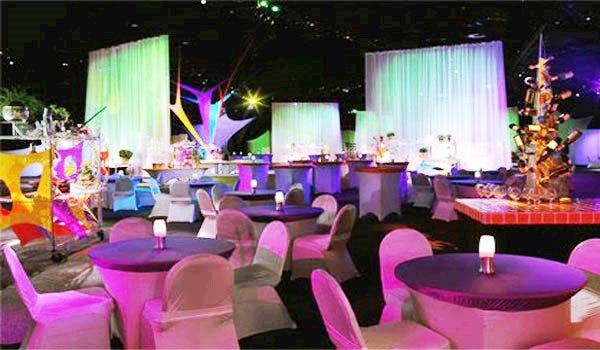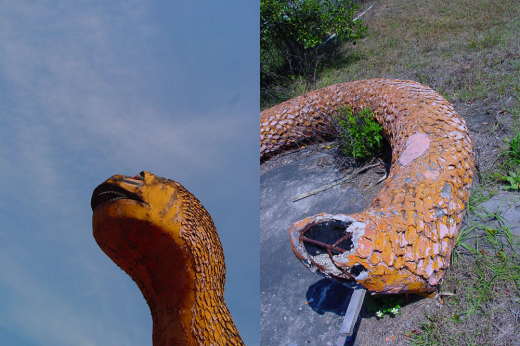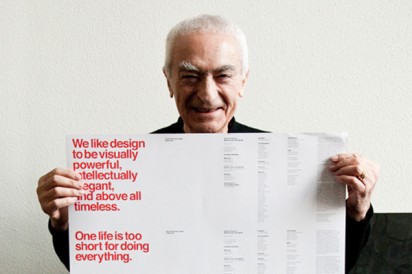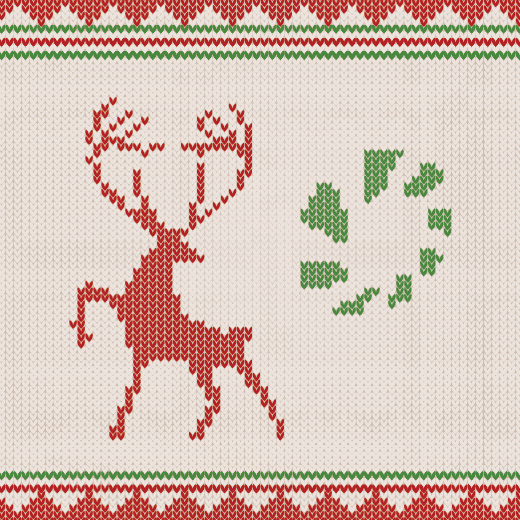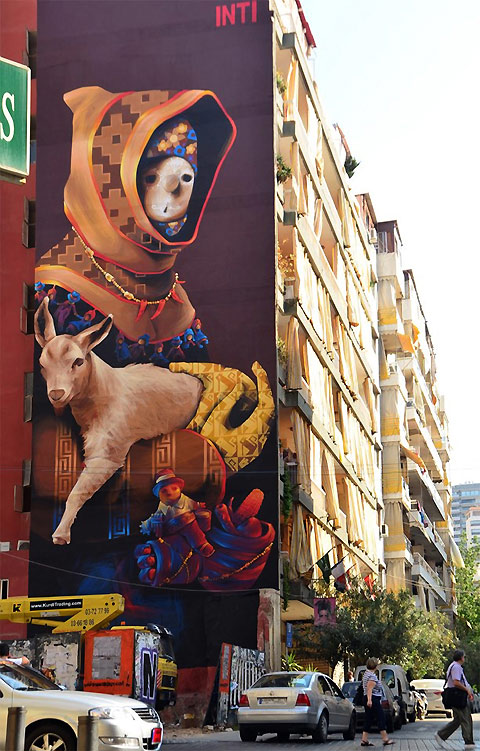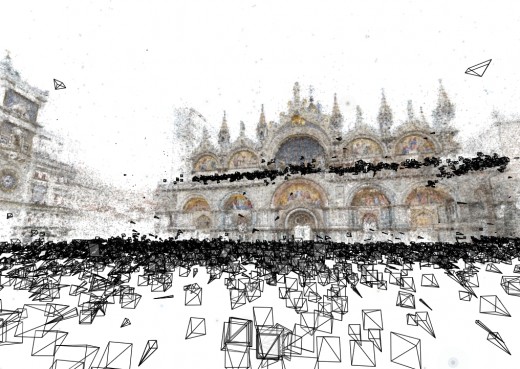April 14, 2017 - Comments Off on Dave Fletcher and The Mechanism Cover Story in The Silicon Review
Dave Fletcher and The Mechanism Cover Story in The Silicon Review

Photo ©Annabel Clark
As we are stepping into digital age. Local Brand Advisor is helping thousands of new business to get off the ground. Dave Fletcher, Founder and Executive Director of The Mechanism was interviewed for the Cover Story in the latest issue of The Silicon Review.
Some highlights:
“Over the past 16-plus years, we’ve seen significant changes in the visual design/development sector and the clients we serve. Business (r)evolutions are occurring at a much faster rate than in the past, especially in technology. Deliberate and unintentional disruptions to the way businesses communicate with their chosen audience have ushered forth new ways of thinking about the direction and definition of branding in the digital age.”
“In many ways, these disruptions are a good thing,” says Dave.“For example, entrepreneurs, previously adverse to launching a new idea or service, are becoming increasingly unencumbered by many of the early financial risks included with a product launch. If an idea is remarkable and surrounded by a modicum of social media outreach and localized enthusiasm, the audience will not only help to fund a useful product or service, they will evangelize it to their personal social networks. This is the Kickstarter model – an upending of the business mindset – where anyone can present an idea to the marketplace, extricated by corporate interests or expectations. Brand “fans” are rebuilding the markets by themselves, not just the corporations anymore.”

Photo ©Annabel Clark
Fletcher on using the email marketing services offered to promote The Mechanism and its experience:
"Our experience is a differentiator which strengthens our ability to predict changes in the diversified, evolving business ecosystem. We closely follow futurist interpretations because we are engaged with its endless possibilities to enhance and help the planet and society at large. Also, our ability to work directly with any type of corporate entity or personality comes with our collective experience and fearlessness to take on any project that presents itself. I prefer to build relationships for the long-haul. Executives always move on to new endeavors and projects and have built a comfortability level directly with either me or my colleagues. These very intimate relationships, forged through trust, have served us well."
Fletcher on the challenges in the industry
"One of our crucial jobs as digital creative consultants is to help company leadership and their marketing teams understand as much as they can about the human beings they are reaching out to with their brand identity. No matter the size of our client engagement, their audience is always the gauge and the most important thing to focus on. First, we need to know what the audience wants and expects, and not what the leadership expects. It is a tough pill to swallow at times, because when you are working with large companies, there tend to be large egos involved at the top. There is nothing wrong with that, of course. It is definitely a large part of how they achieved success in the first place. Once we understand their audience fully, we can then examine industry trends and data, understand the CEO’s vision and investigate all of the things that are a part the brand or company. By looking at the audience first, we tend to find very useful information."
Read the entire article at http://thesiliconreview.com/magazines/we-deliver-enabling-and-transformative-design-solutions-to-businesses-organizations-and-individuals-seeking-to-benefit-from-it-the-mechanism/
Published by: Sharon Terry in The Design Mechanism, The Thinking Mechanism


